On November 19th, 2021, Kyle Rittenhouse was acquitted of fatally shooting Joseph Rosenbaum and Anthony Huber, and wounding Gaige Grosskreutz, in Kenosha, Wisconsin. Before the verdict was announced, around 500 National Guard troops were on standby and tensions were high.
The white and female-majority jury found Rittenhouse not guilty of his charges, including first-degree intentional homicide, reckless endangerment, and possession of a dangerous weapon. While the verdict was of much controversy, with many Americans considering it a failure of the criminal justice system, it was an unsurprising result given the U.S’s track record with cases concerning guns, law enforcement, and the Second Amendment. Other Americans have hailed Rittenhouse a hero for standing up to his democratic right. Rittenhouse himself stands by his actions: “Self-defense is not illegal.”
While Rittenhouse’s claim is true (the right to self-defense is in fact protected by the US Constitution), the extent to which an individual can and should rely on self-defense to excuse and protect their criminal actions is debatable. One cannot help but question, to what extent is self-defense protecting those that have ill intent? What is a sufficient level of force or violence when defending oneself? What if the person using self-defense provoked the attack?
Rittenhouse’s trial was less about him as an individual, and more about those who believe in the “right of the people to keep and bear Arms.” It sent a message to the type of individual Rittenhouse represents- one interested in protecting law and order above all else, knowing that the law itself (and the structure of the legal system) is in their favour because of their racial privilege. As perfectly stated by Delores Jones-Brown, a criminal justice professor at John Jay College in NY, the verdict “sent a message that people will not be held accountable for their reckless behaviour and decision-making.” More than anything, it illustrated that the US will keep the values it established in 1788, and that it is reluctant to move towards a gun-controlled future.
The facts of the case are straightforward, but the trial itself presented interesting points.
Over a year ago, on August 25th, 2020, Kyle Rittenhouse left his home in Illinois and crossed state lines to join counter-protestors in Kenosha, Wisconsin. At the time, he was only a minor. That night, Kenosha was a place of civil unrest after a white policeman shot Jacob Blake, a black resident, seven times in the back. Blake was left paralyzed, and the greater frustration came from the fact that the Kenosha District Attorney refused to bring charges to the officer.
Before midnight, Rittenhouse had shot Joseph Rosenbaum and Anthony Huber. Gaige Grosskreutz, a key witness for the prosecution, was left wounded. Rittenhouse simply walked away from the scene, but his actions did not escape the reach of social media. Cellphone video footage of him shooting with his rifle went viral and he was America’s next “white vigilante.”
Once the trial began, the prosecution had what seemed like an easy task. Their arguments were directed to portray Rittenhouse as an aggressor: he chose to take his actions far beyond what everyone else was doing in Kenosha that night. District Attorney Thomas Binger argued that Kenosha was a night of chaos, one drawing people to participate in that chaos. Despite this, Rittenhouse was the only individual to have killed another More importantly, Binger put forth the so-called “golden” question as to why Rittenhouse found the need to insert himself in demonstrations far from his own home, and on top of that, why he went armed with a semiautomatic rifle. They accused his actions as being premeditated, since Rittenhouse knew he was in the wrong by taking a weapon he was not legally allowed to possess or carry at 17.
At the opposite end of the prosecution stood a well-prepared defense team for Rittenhouse, one with the financial support of Conservative groups (Rittenhouse received $2 million dollars in funds and bail). They founded their arguments on America’s joy and pride: the principle of self-defense. More precisely, Rittenhouse’s attorney, Mark Richards, stated he acted in self-defense from “a mob that wanted to kill him.” The defense was one that wanted to prove Rittenhouse was “privileged under the law of self-defense” rather than be the type of defense who would contest the events of the night itself. This move was strategic: instead of alienating the jury by stating that the facts of the case were completely wrong, they would analyze every action and determine whether it fell under the scope of self-defense. They constantly provoked the jury by portraying Rittenhouse as the victim, and not the victims themselves. For instance, Richards displayed a picture of Anthony Huber, who aimed his skateboard at Rittenhouse to keep him from shooting more people, and described him as someone attempting “to separate (Rittenhouse’s) head from the body.”
Lastly, it is important to note the role played by Judge Bruce Schroeder in arguably, favoring the defense. Three main comments made by Schroeder stood out to me when reading about the proceedings of the trial. He barred prosecutors from referring to those shot and killed by Rittenhouse as “victims,” even though they are clearly victims. In the judge’s perspective, however, the defense was allowed to call them “looters” and “arsonists,” perhaps giving Rittenhouse a valid reason as to claim self-defense, and mistakenly eluding the jury on the reasons Joseph Rosenbaum and Anthony Huber were at Kenosha that night. Once testimonies were close to an end, Schroeder asked those in the courtroom if any were military veterans. Knowing that Rittenhouse’s next witness was a veteran, he made everyone in the courtroom “give a round of applause to the people who have served our country.” To many legal experts, this move encouraged the jury to see the witness more favourably. To nobody’s surprise, the witness, John Black, was an avid defender of self-defense and the Second Amendment. Nevertheless, the statement made by Schroeder that I believe took away from the power and gravity of this verdict was the following, “This is not a political trial.” While I agree that in a perfect world the law would be separate from politics, the stakes in the Rittenhouse trial were too high to claim that there were no political repercussions behind it. Schroeder single-handedly minimized the political impact that a “Guilty” verdict would have in this case, especially at a time where party politics in the U.S is defined on whether you support gun control or not.
There continue to be loopholes to gun control and claims to self-defense.
The verdict goes to show that there was not enough emphasis during the trial on the reasons Rittenhouse went to Kenosha in the first place and on the lack of accountability for his actions. More so, it’s concerning that there wasn’t enough discussion on the level of force and violence Rittenhouse used on those he killed. The American legal system allows a person to protect themselves from harm under the circumstances of self-defense, even if the action itself is a crime. Above all, it’s a general rule that self-defense is justified only when responding to an immediate threat.
The first clash with this general rule is that Rittenhouse shot Rosenbaum FOUR times and fled right after. It’s pretty safe to assume that a person is impaired from attacking another after being shot once or twice, and so Rittenhouse clearly acted too forcefully to any type of threat Rosenbaum could present. Contrary to the claims of the defense, swinging a skateboard at somebody with a gun may be a natural reaction. It surely doesn’t mean someone has the right to shoot at you in response. The force of the gun and its deadly shot is not the same as the force of a skateboard. Furthermore, self-defense should end once the threat of danger has ended, which sadly, resulted in the actual death of two people. Self-defense does not also factor in the choices Rittenhouse made that put him in the middle of Kenosha with a gun pointed at counter-protestors, without thinking twice.
The same disparities go to show with the loophole used in this trial to protect Rittenhouse’s right to bear a semiautomatic rifle. A day before closing arguments, Judge Schroeder ordered that the charge stating that Rittenhouse violated state law by possessing a classified weapon prohibited for those under 18, be completely dropped. The decision to do this was based on a slight technicality: the length of the gun’s barrel. If a few inches shorter, the prohibition and charge would have stood. For many gun-control activists, this trial exemplified how easily one can violate the already loose gun control laws in place, and why there is an even bigger need for uniform federal gun laws. According to the Armed Conflict Location and Event Data Project, a poll conducted in August 2021 found that demonstrations involving armed individuals were nearly “six times more likely to turn violent or destructive” when compared to de-escalated demonstrations. This lack of gun control is another reminder that protestors cannot rely on the U.S legal system to protect them.
The verdict has political, social, and more importantly, racial ramifications.
There is an important racial dimension to be considered aside from the political and social debates concerning gun control and self-defense. It’s no news that citizens in the U.S have acted parallel to law enforcement and continue to do so because the Second Amendment protects them. However, the acquittal in this trial symbolized how far white privilege goes in these situations. For black Americans, white men using guns at demonstrations to attempt to enforce the law on their own is dangerous enough. When the legal system tells these men that they can claim self-defense for their actions with these same guns and rationale supporting them, it’s clear that the privilege is structural. As thought out by Paul Butler, a former federal prosecutor, and professor at Georgetown, “it’s impossible to imagine a 17-year-old Black kid, traveling to a different state, who shoots three people killing two, who wouldn’t be in prison right now.” Black Lives Matter’s official statement expressed the same disappointment in the double standard presented in the verdict. To the group, the verdict was expected if white supremacy continued to be present in American institutions.
The Rittenhouse verdict has set a dangerous precedent (for white men with guns).
Few legal cases, or Supreme Court cases for that matter, have gained momentous public traction and historical significance. As a law student myself, some come to mind: Brown v. Board of Education (ruling that segregated schools were unconstitutional), Gideon v. Wainwright (granting free legal counsel), and Roe v. Wade (establishing the federal legality of abortion). The Rittenhouse trial came at a definitive moment in the U.S, one which could have defined the future of self-defense, vigilante justice, and ownership of guns.
Unfortunately, the verdict has set a rather dangerous and frankly, bleak, precedent: vigilantism is okay, and showing up to a protest with a gun means one can face little consequences. Race matters and racial equity is far behind in the justice system, as showing up to a protest with a gun can mean you face little consequences IF you are white. Killing two people at a protest can constitute self-defense, IF you are white. With gun laws becoming more permissive, and support for gun regulation dying down following the increase of violent crimes during the COVID-19 pandemic, a GUILTY verdict for Rittenhouse could have really made a difference in the U.S.


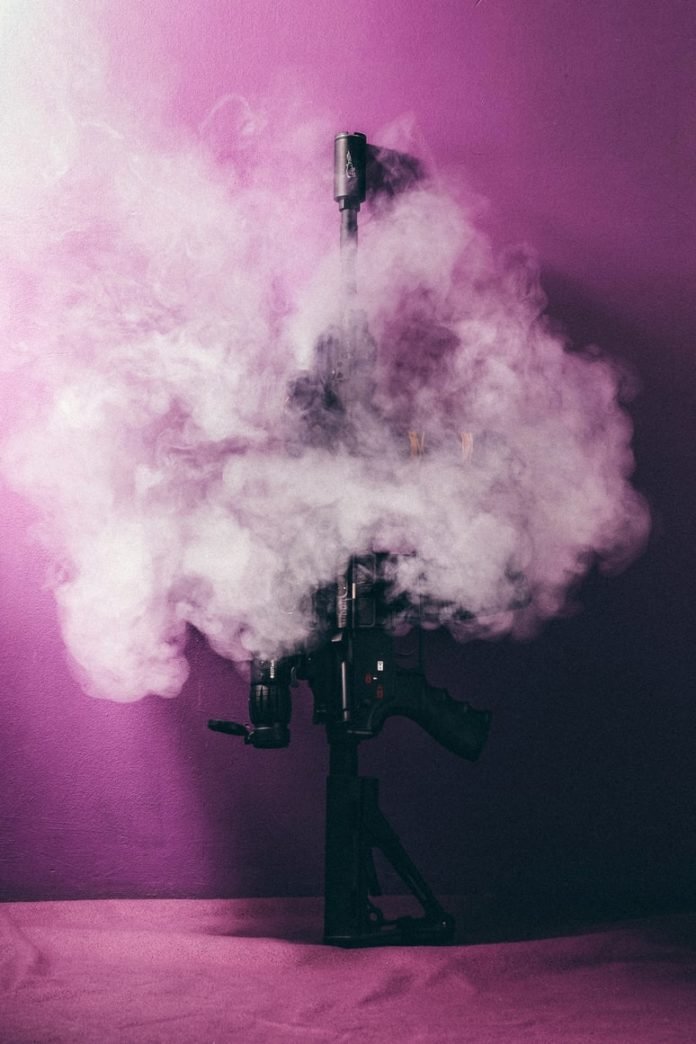
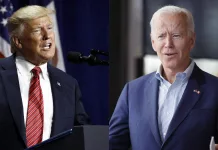
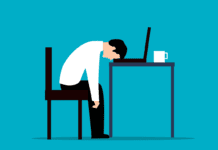
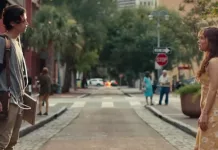

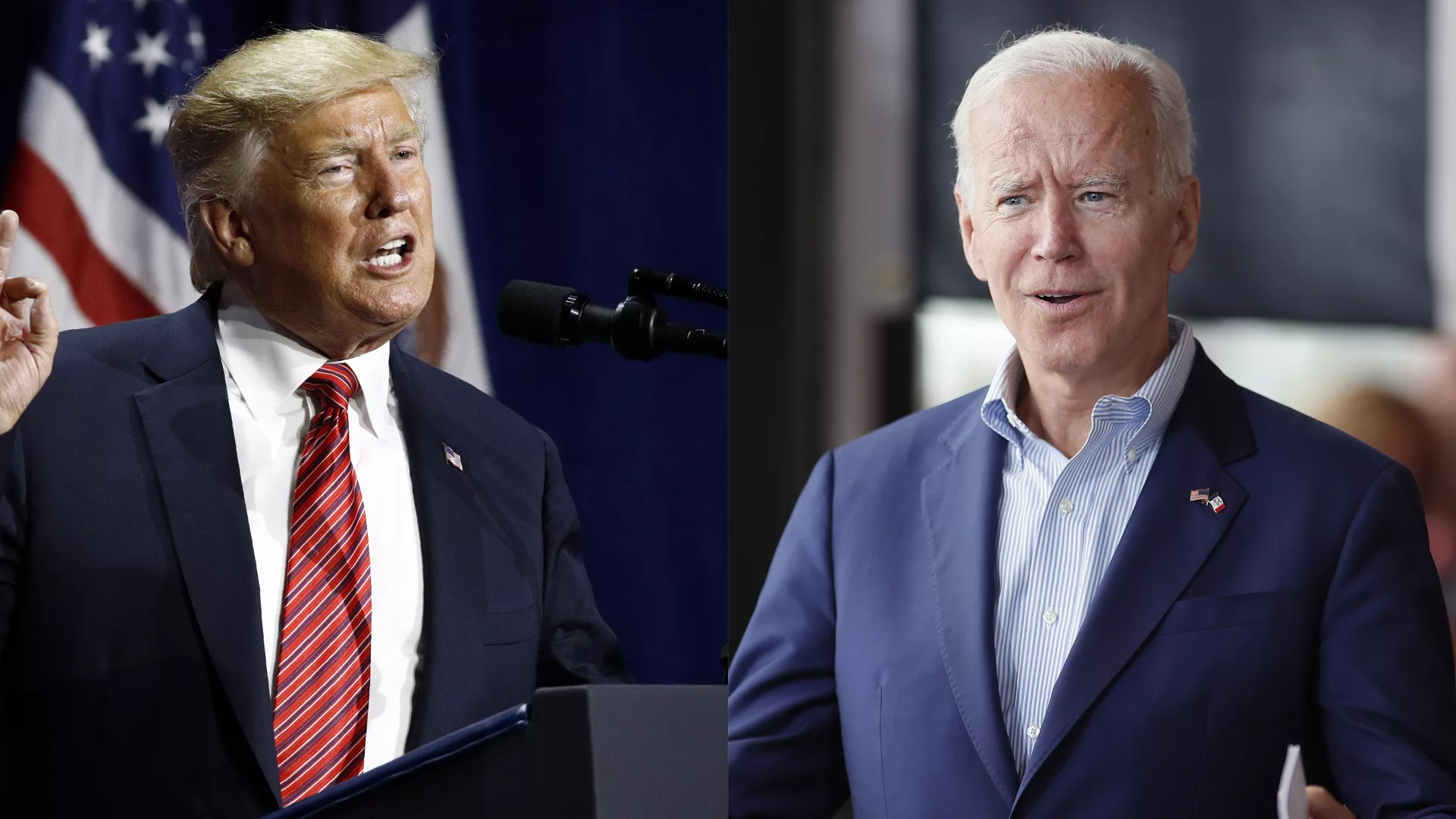
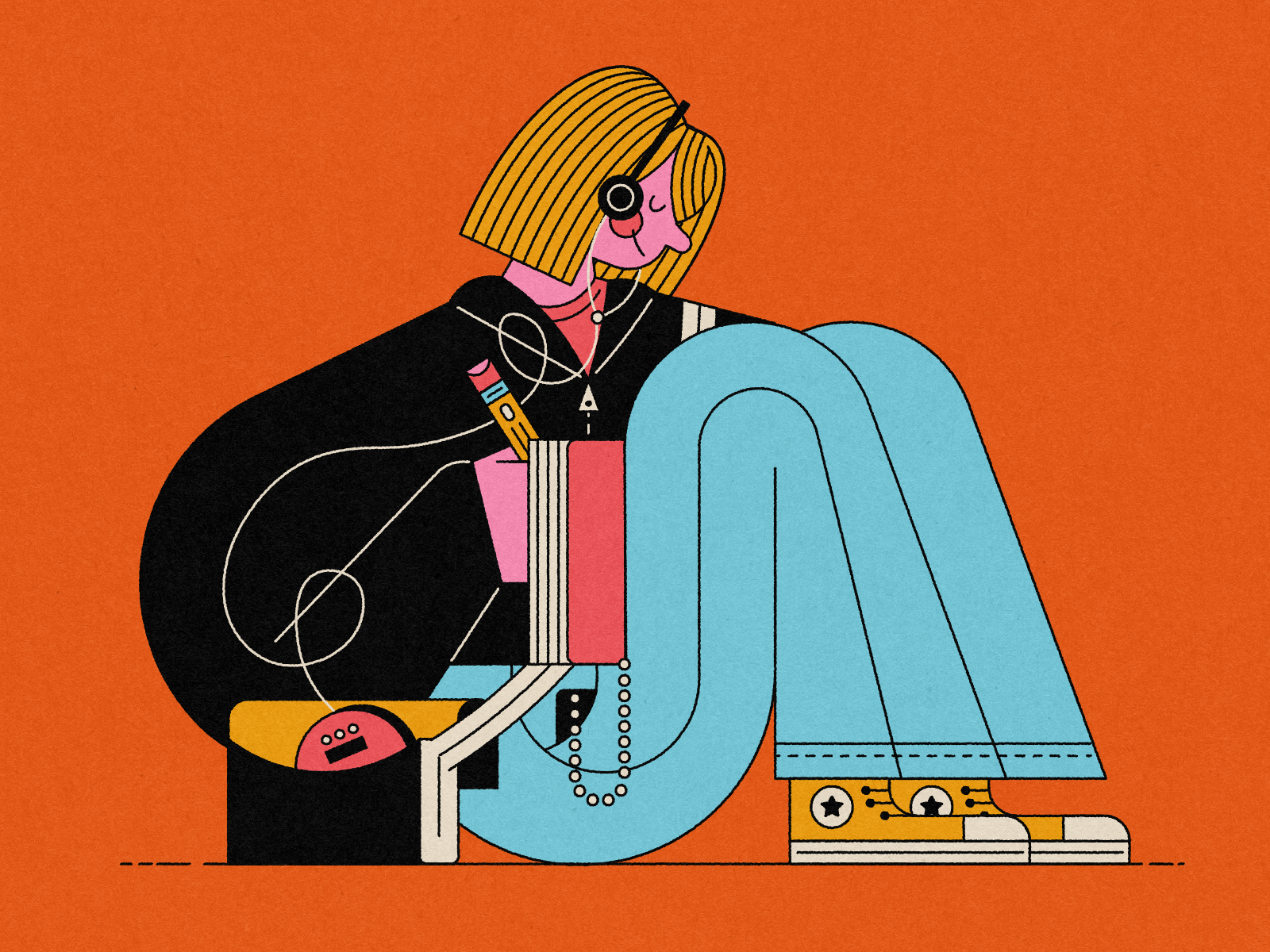
I want to be clear about something. I appreciate you writing about this. I don’t believe what Rittenhouse did was right. I don’t know if I fully agree with his innocence under the law. I agree that there are grave and stark differences in the application of the law and the extent of privileges and punishments granted along racial lines. I further acknowledge that I may come from a privileged point of view.
However, as someone who has dedicated a great deal of time to studying gun laws and violence in the US, and has some experience with firearms and shootings, there is a lack of details in this article I feel I need to address.
First, it is not uncommon in US criminal cases to deny the use of victim. “Several states have appellate court decisions limiting or prohibiting the use of the word “victim” in front of the jury, including Alaska, Connecticut, Delaware, Hawaii, Iowa, New Jersey, Ohio, Utah, Tennessee, and Vermont.” (https://www.duluthnewstribune.com/opinion/columns/a-judges-view-avoiding-the-term-victim-helps-ensure-fair-trials). Additionally, while its true defense could use the terms “looters” and “arsonists,” they could only do so if they brought forward evidence the Rosenbaum, Huber, or Grosskreutz had engaged in such activities that night (https://www.nytimes.com/2021/10/27/us/kyle-rittenhouse-trial-victims.html).
Second, “its pretty safe to assume that a person is impaired from attacking another after being shot once or twice”… it simply isn’t. Average statistics from the FBI’s Uniform Crime Reporting show average shots fired in defensive shootings to be about 3 (https://ucr.fbi.gov/leoka/2017/tables/table-106.xls). Every situation is different, and in all cases of professionally taught self defense training, the underlying philosophy is the same: when responding to an immediate threat, force is justified until there is no longer a threat. Once the threat ceases, be it do to retreat, surrender, incapacitation, or yes, death, then force becomes unjustified.
Third, the technicality of barrel length. Here, you touch upon the wrong matter. The law in Wisconsin bars minors from possessing pistols, illegal carbines, and SBR’s (short barreled rifles) with the exception of training under supervision; it permits standard and long guns (https://law.justia.com/codes/wisconsin/2010/948/948.60.html). It was intentioned to allow minors to continue to hunt. I am more inclined to agree with the Milwaukee attorney who described the law as an “extraordinarily poorly worded statute” (https://apnews.com/article/why-did-judge-drop-kyle-rittenhouse-gun-charge-d923d8e255d6b1f5c9c9fc5b74e691fb).
There are other issues, but I think I’ve made my point. I agree that there are severe flaws in American legislation and application in regards to firearms, from both ends of the political spectrum. However, I also believe that if solutions to gun violence are to be found, we need to carefully deconstruct the issue. As we’ve seen, the consequences for unrefined attempts can be fatal and tragic.